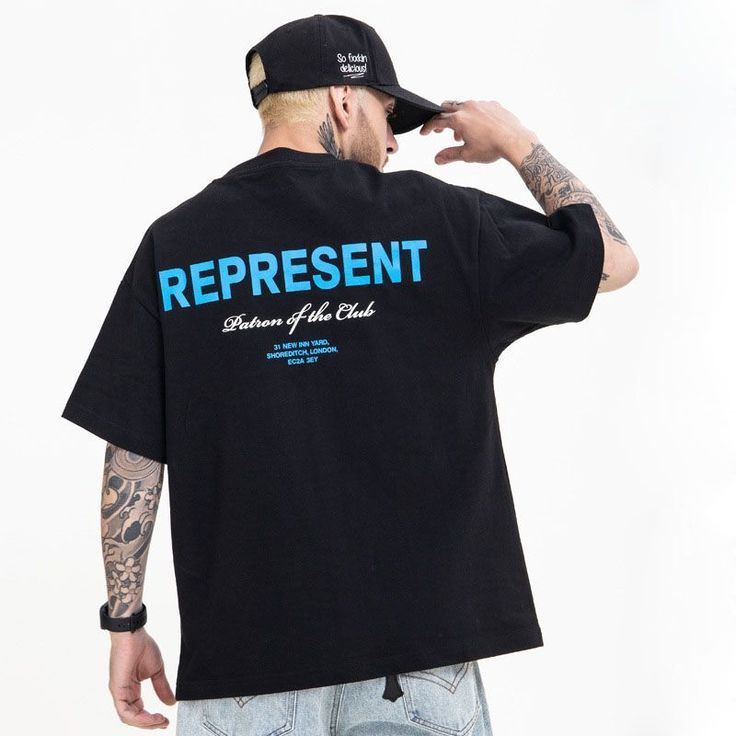
The Evolution of the T-Shirt: 2025 Edition
- No Comments
The humble T-shirt, once a simple undergarment, has transformed into one of the most iconic and versatile pieces of clothing in modern fashion. In 2025, the T-shirt continues to evolve, representing not just a wardrobe staple but a canvas for innovation, self-expression, and cultural significance. From its practical origins to its role in high fashion and streetwear, the T-shirt is a true testament to adaptability and timeless appeal.
The Origins of the T-Shirt
The T-Shirt’s Role as an Undergarment in the Early 20th Century
The T-shirt began its journey as a practical undergarment for workers and soldiers. In the early 1900s, it was introduced as a lightweight, breathable piece designed for functionality rather than fashion. Primarily worn by laborers and members of the military, it was prized for its simplicity, ease of wear, and durability.
As the decades progressed, the T-shirt gradually gained popularity outside of work and military contexts. By the mid-20th century, it had become a staple in casual wardrobes, often associated with rebellion and youthful energy.
The Transition from Functionality to Fashion
The turning point for the T-shirt came when Hollywood icons like Marlon Brando and James Dean wore plain white tees in blockbuster films. Suddenly, this humble piece of clothing was reimagined as a symbol of coolness and confidence. This cultural shift marked the beginning of the T-shirt’s journey into mainstream fashion, paving the way for its iconic status today.
T-Shirts in Popular Culture
How T-Shirts Became a Canvas for Expression
The T-shirt became a medium for self-expression in the 1960s and 70s. Political slogans, band logos, and artistic prints turned it into a wearable billboard for personal beliefs and cultural movements. From anti-war protests to feminist marches, the T-shirt played a pivotal role in amplifying voices and messages.
The Rise of Graphic Tees in the 80s and 90s
The 1980s and 90s saw the explosion of graphic T-shirts, driven by advancements in printing technology. Bright, bold designs featuring pop culture references, cartoon characters, and brand logos became highly sought after. This era cemented the T-shirt as a key player in fashion trends, effortlessly bridging the gap between casual wear and personal style.
The T-Shirt in High Fashion
When T-Shirts Made Their Runway Debut
The 2000s marked the T-shirt’s entry into high fashion, with luxury designers incorporating them into their collections. Iconic brands like Chanel, Dior, and Balenciaga elevated the T-shirt’s status by blending simple designs with premium materials and intricate details.
Today, collaborations between streetwear brands and high-fashion houses have further blurred the lines, making the T-shirt a versatile piece that transcends social and economic boundaries.
T-Shirts as a Luxury Statement
In 2025, T-shirts are no longer limited to cotton basics. They are now crafted from luxurious fabrics like silk blends, featuring embroidery, sequins, and other embellishments. This evolution reflects the T-shirt’s ability to adapt to changing trends while maintaining its core identity as a universal garment.
The Role of Technology in T-Shirt Innovation
Smart T-Shirts: The Future of Wearable Technology
Technology has redefined what a T-shirt can be. Smart T-shirts equipped with sensors can monitor heart rate, temperature, and other vital signs, offering practical applications for fitness enthusiasts and medical patients.
Additionally, LED-embedded T-shirts are gaining traction as interactive garments that can display customizable messages, animations, or even advertisements. These innovations highlight the T-shirt’s potential as a dynamic tool for both personal and professional use.
Sustainable Materials and Production Methods
Sustainability is at the forefront of the fashion industry in 2025, and T-shirts are no exception. Eco-friendly fabrics like organic cotton, bamboo, and recycled polyester are becoming more popular, reducing the environmental impact of production. Brands are also adopting practices such as waterless dyeing and circular fashion, ensuring that T-shirts contribute to a greener planet.
T-Shirts and Social Movements
Amplifying Voices Through Statement Tees
In 2025, statement tees remain a powerful medium for advocating social and political change. From slogans supporting climate action to messages promoting diversity and inclusion, T-shirts continue to amplify important voices and inspire dialogue.
Supporting Ethical Fashion Through Conscious Consumerism
Consumers are increasingly prioritizing brands that align with their values. Ethical T-shirt brands focus on fair wages, sustainable materials, and transparent supply chains, offering customers the opportunity to make a difference with every purchase.
Conclusion
The T-shirt’s journey from a practical undergarment to a fashion icon showcases its incredible versatility and timeless relevance. In 2025, the T-shirt is more than just a piece of clothing—it’s a statement, a canvas for innovation, and a symbol of cultural identity. As it continues to evolve, one thing is clear: the T-shirt will remain a beloved staple for generations to come.
Previous Post


